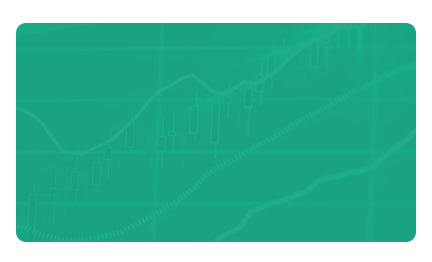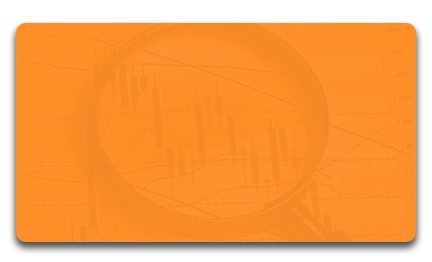Bonds are issued with various face values (also called nominal value, par value, and principal). By examining the market price, it may not be obvious whether the bond costs currently less or more than its nominal value. The market price is usually expressed as a percentage of the face value, so the market price does not need to be indicated separately.
Premium Bonds
Premium bonds' market price is above their face value. Then the price will depreciate over time.
Discount Bonds
Discount bonds are issued for less than the nominal value and the price will eventually appreciate.
Example: if a bond’s market price is EUR 102 and its nominal value is EUR 100, the bond trades for 102%.
Obviously, this calculation works backwards also. If the bond trades for less than 100% (market price < face value), one can assume that investors expect higher returns than the promised interest rate payment.
Central bank rates (central banks’ interest rate) are constantly moving. Bonds neutralise these movements with the changes in market prices. When the interest rate increases, the price of the bond will decrease and the investors will have higher income. The price of the bond and the yield have an inverse relationship.
The closer the bond to its maturity the closer the price gets to the par value. However, unexpected circumstances around the issuer may affect the price of the bond.
The biggest advantage of premium bonds is the high interest rate. Premium bonds are less sensitive to the changes in the risk-free interest rate than discount bonds, and the investor receives more money during interest payments.
It is only possible to profit from higher market prices, if one can purchase the bond for a lower price.



















